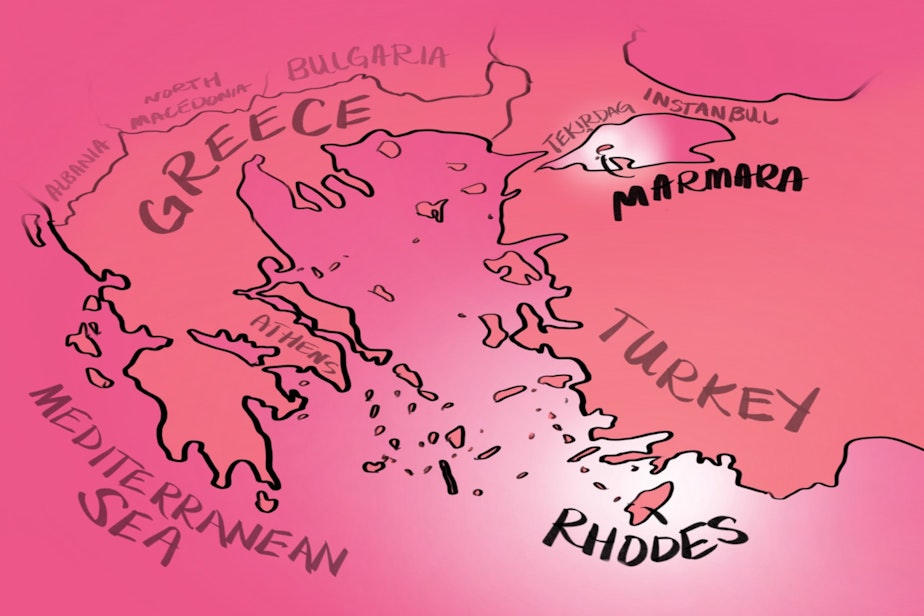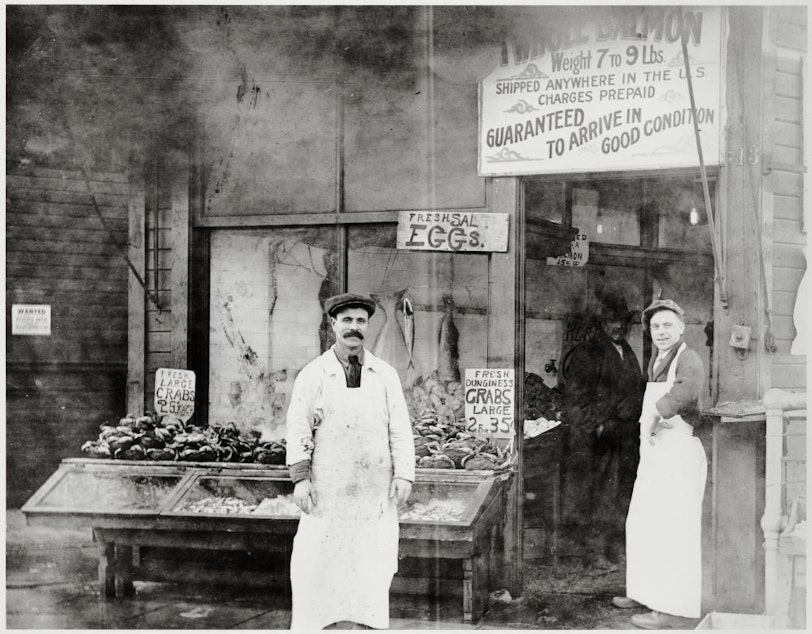Why does Seattle have so many Sephardic Jews?

Seattle has the third largest Sephardic Jewish community in the United States, according to some estimates.
How did that happen?
Back in 1902, Solomon Calvo was 20 years old. He was living on an island near Istanbul, called Marmara, and he decided to travel overseas with his friend, Jacob Policar.
They thought they would just make some money in the United States and return home. Little did they know that their search for adventure would help create the third largest community of Sephardic Jews in the country.
Sephardic Jews trace their ancestors back to what is now Spain and Portugal.

Years later, his daughter Fortuna Calvo shared fond memories of boating on Lake Washington with her father.
“My father was always very close to Marmara and I guess that it was always in his mind, and he used to tell me, ‘See across there?’” Fortuna said in a 1979 oral history. “It was Mercer Island. ‘That's Marmara,’ (he said.) ‘Papa, that's Marmara?’ ‘That's Marmara.’ I was a little girl, and I believed everything.”

On this episode of SoundQs, we have the story of how Seattle’s Sephardic community grew from a few people to thousands.
Listen to the episode by clicking the play button above or on your favorite podcast app. SoundQs is a weekly podcast where our KUOW reporters tackle questions submitted by our listeners. Donate to support the show.
Have a question about the Seattle region for us to answer? Drop it here:


